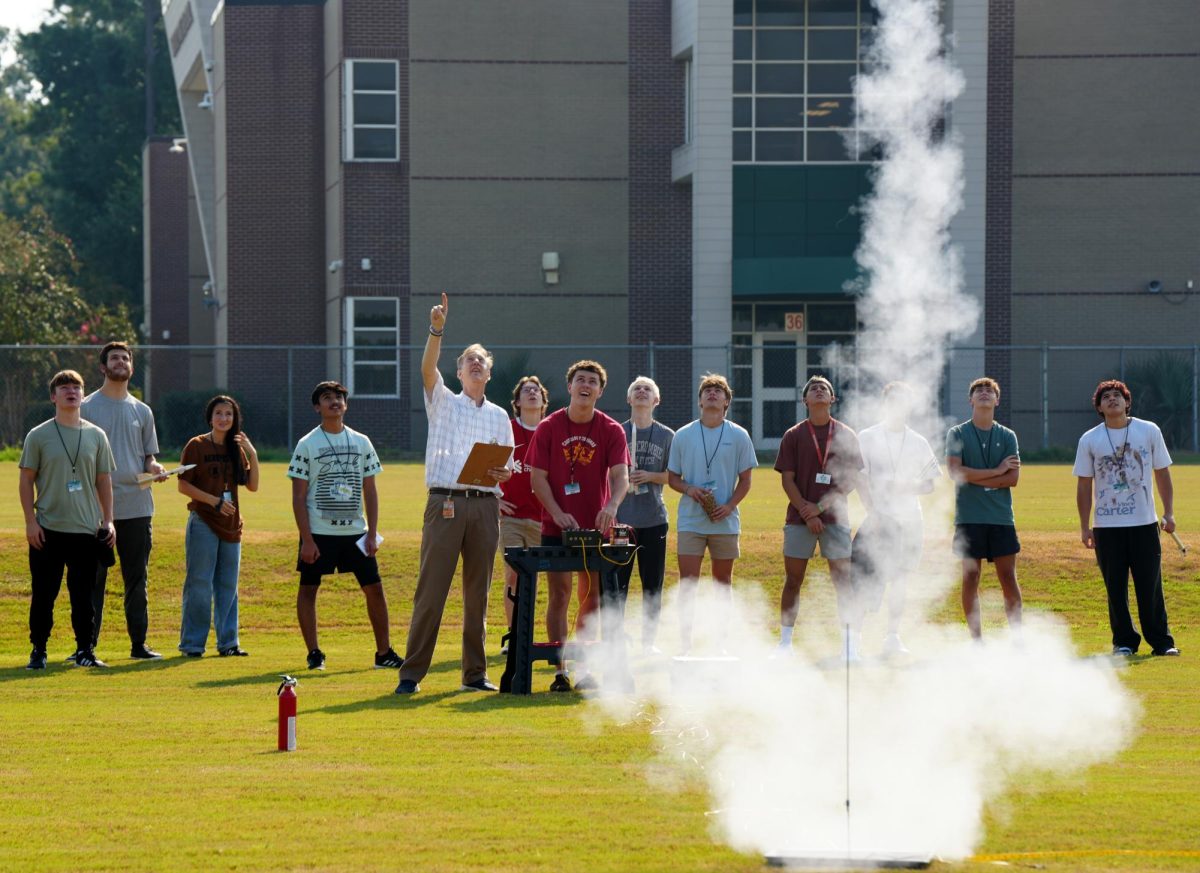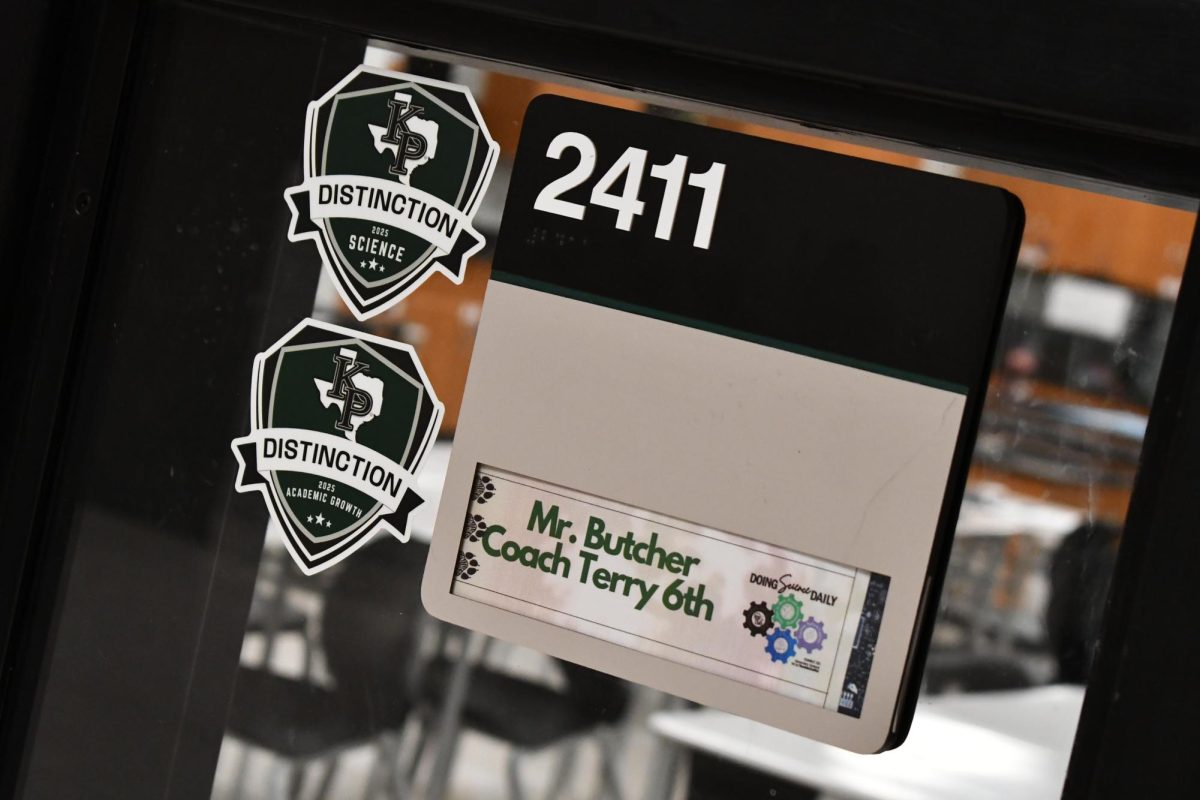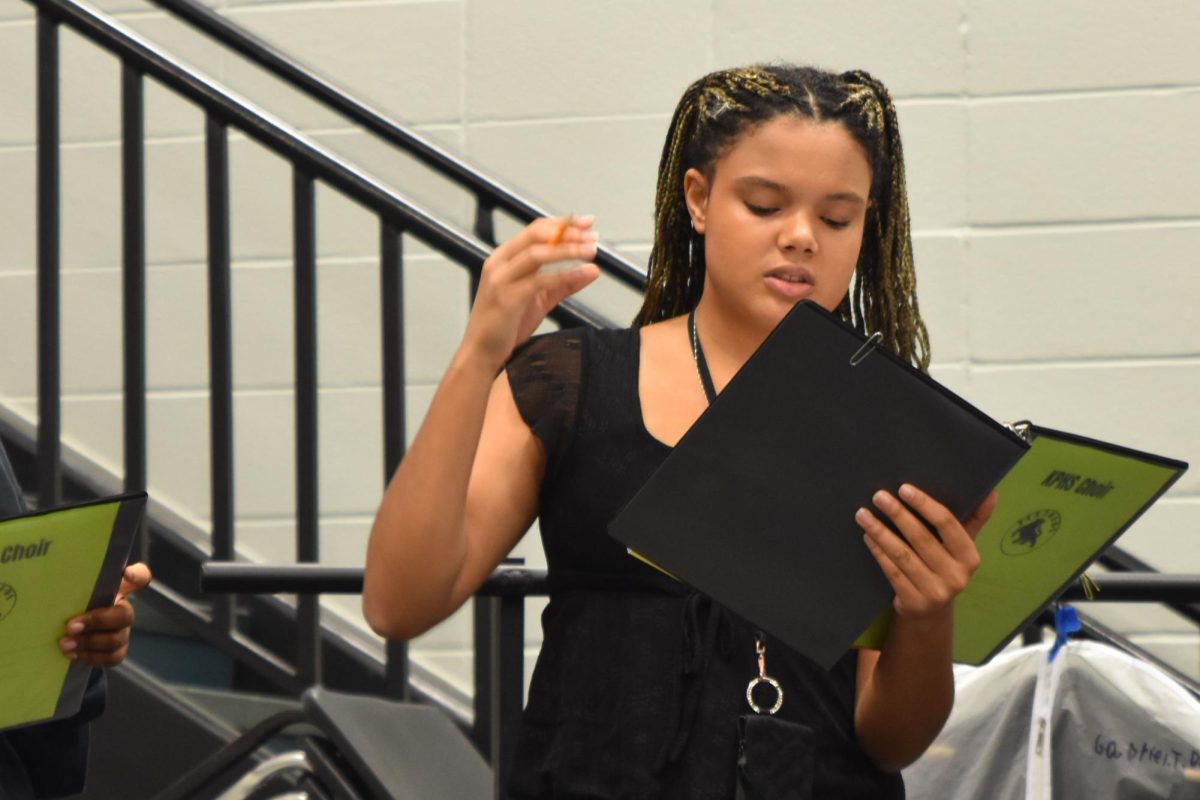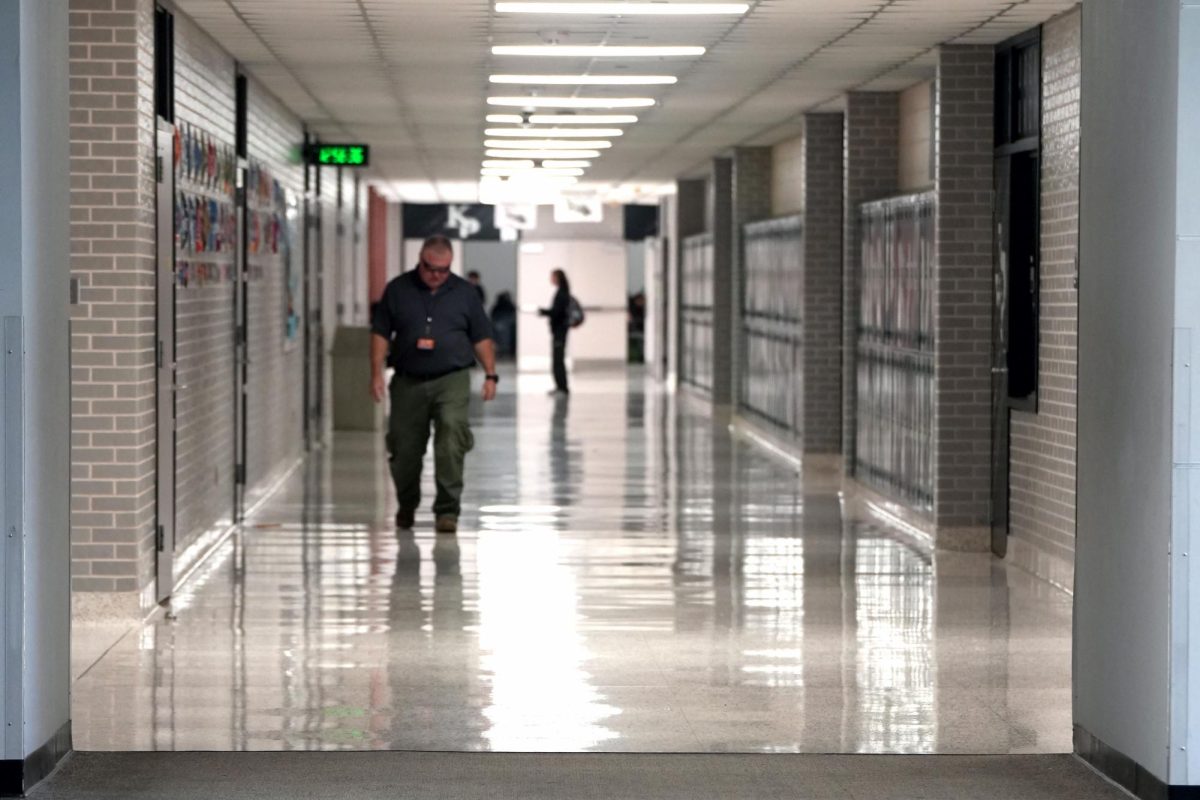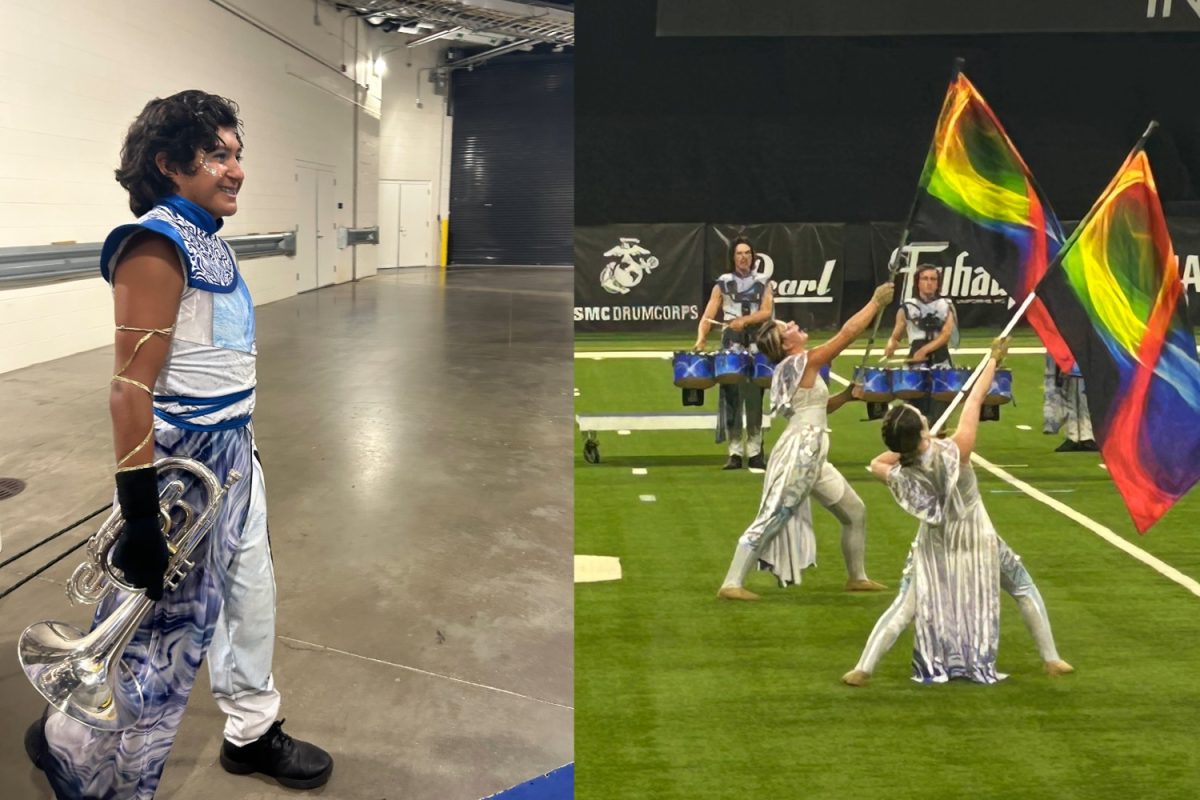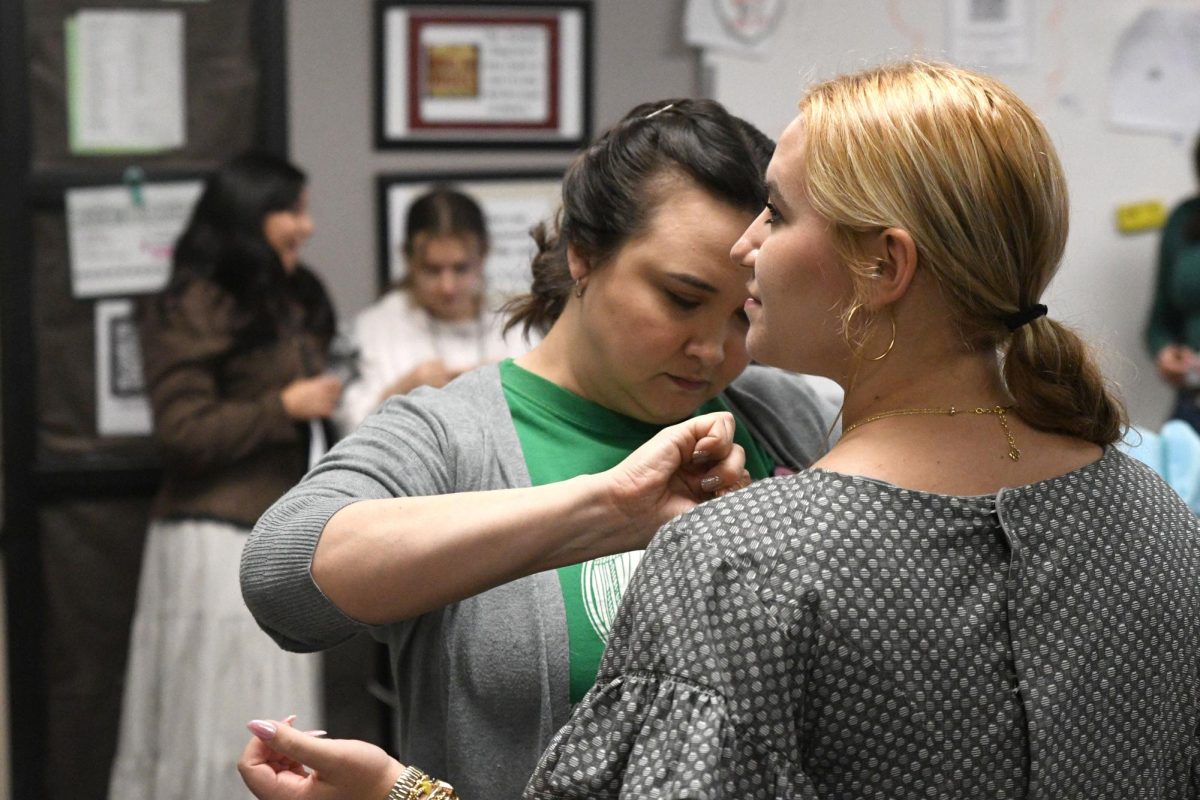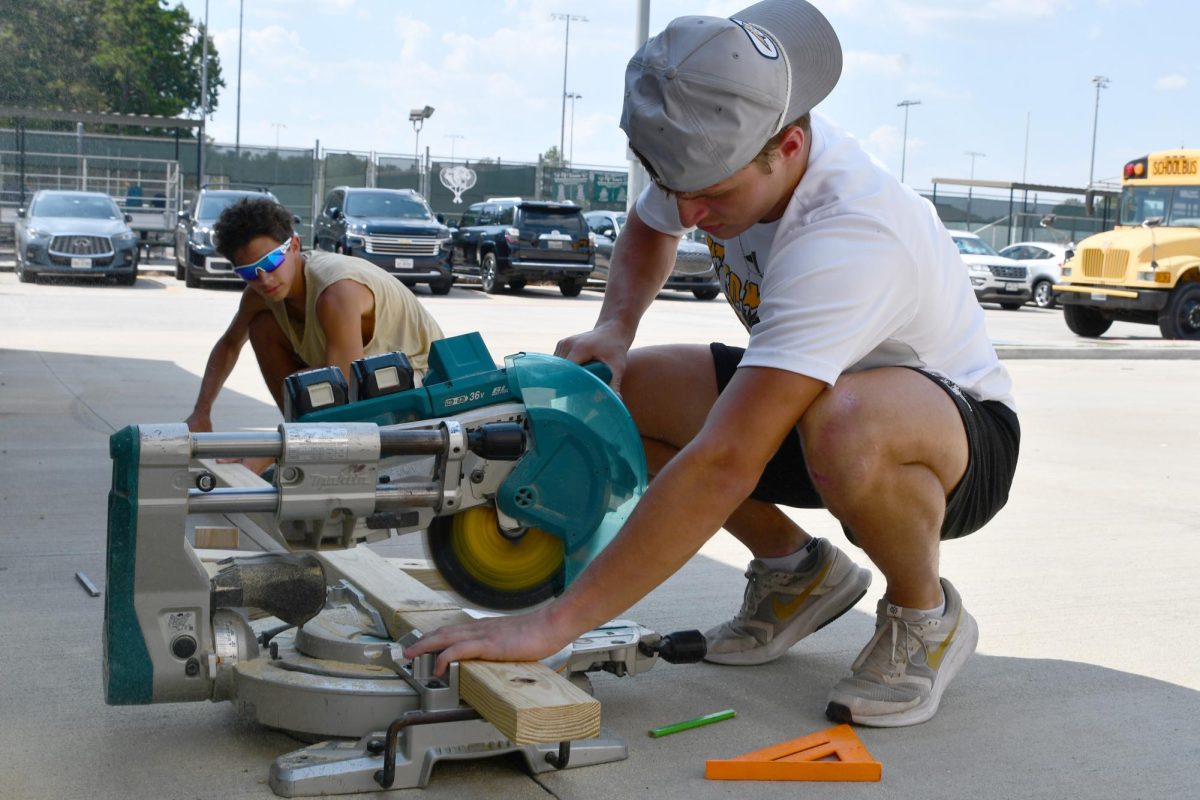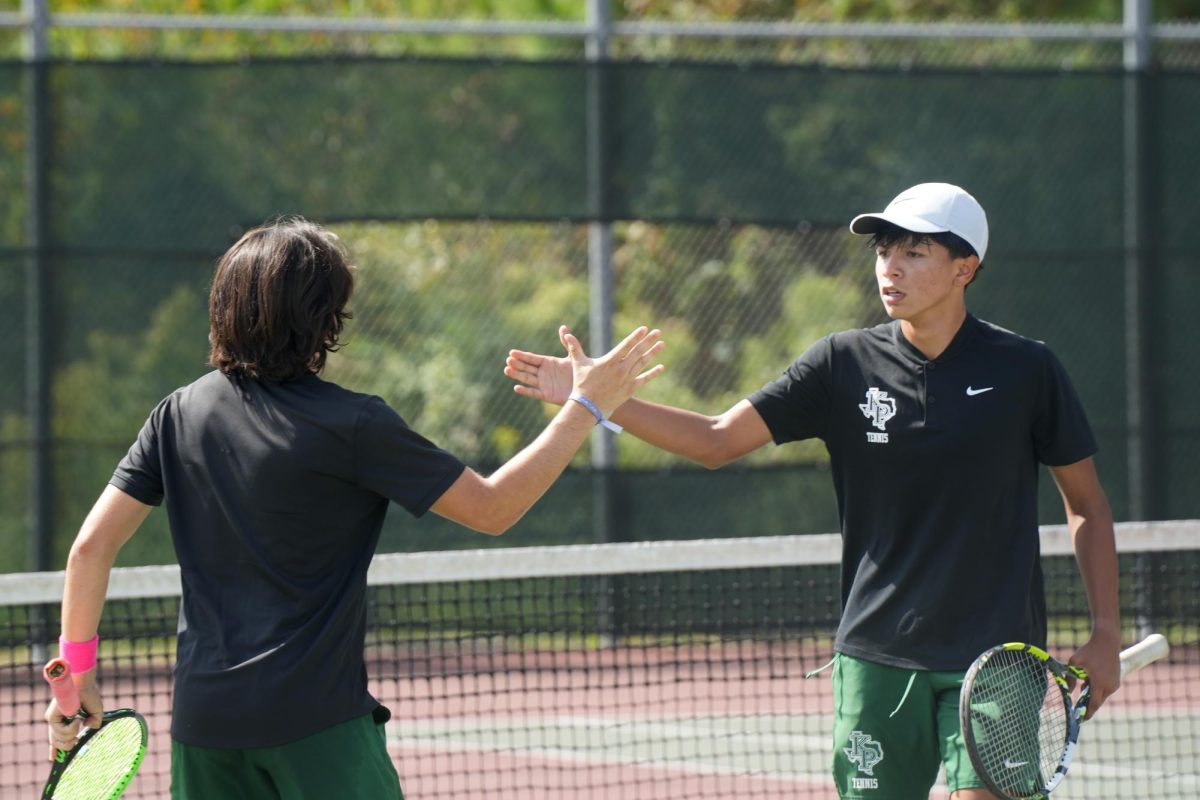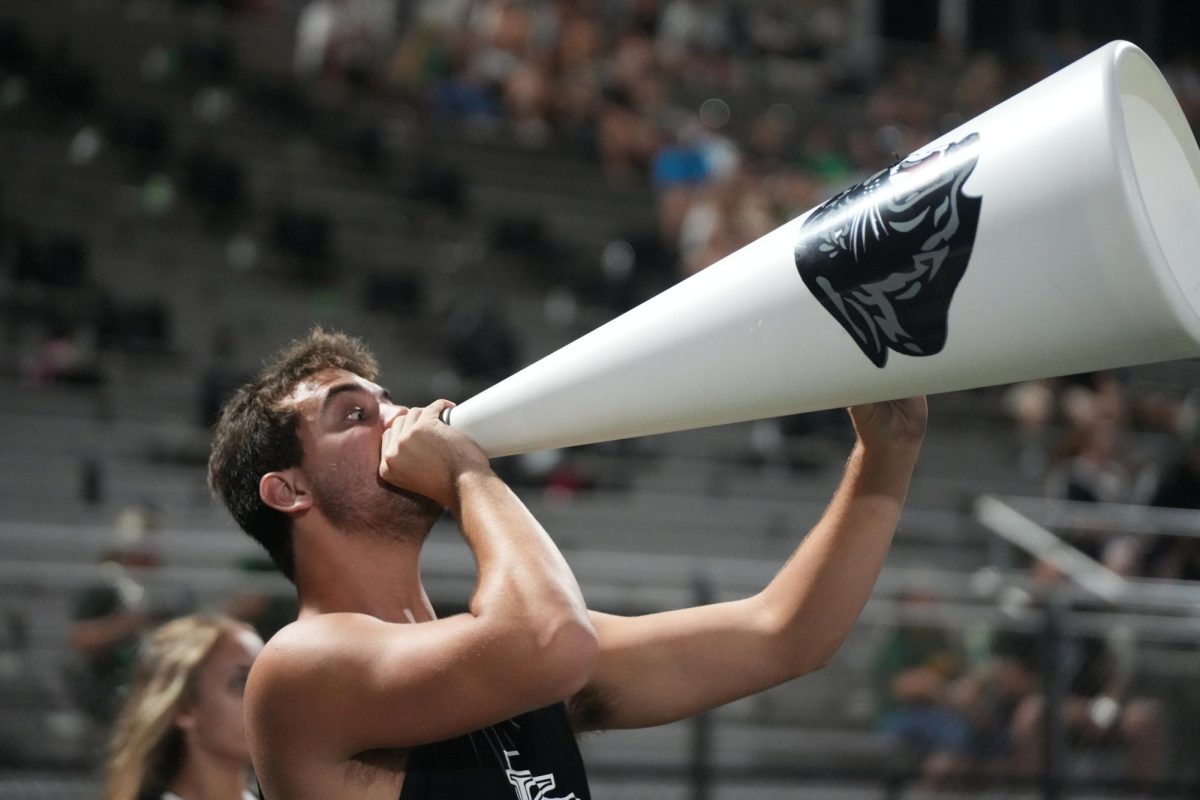When aerospace students at campus gathered on the practice fields near the school this week, they weren’t just watching fireworks.They were watching the results of their own engineering take off. The class launched its first rockets of the year, a project designed to push students to problem-solve and think like engineers without much direction.
“This was our first rocket and the students have been given no direction on how to build a rocket,” science teacher Glenn Taylor said. “They just have a bundle of parts. The goal is to build a rocket that launches off the launch rail and is fully recovered. It’s not a high bar, but the idea is for them to explore and figure out how to use their logical skills.”
The launches marked the beginning of a unit that will eventually challenge students to design, build and launch more advanced models. For now, the focus was on creativity, teamwork and learning the basics of aerodynamics. Taylor said he wanted students to feel the challenge of taking raw parts and turning them into something that could actually fly.
For many, the hardest part came during construction. Senior Grant Hebert said his group quickly realized how precise they needed to be.
“For us, the biggest challenge was definitely getting the fins cut evenly and making sure they were lined up across from each other on the rocket,” Hebert said. “I was very happy with our rocket. I think it went higher than I expected since we went the highest in the whole class.”
Junior Austin Cain agreed that the building process was tougher than it looked.
“Trying to keep everything together was the hardest part,” Cain said. “Our wings kept falling apart and we had to keep taping and epoxying them together. I’m surprised it even stayed together and went that high.”
Still, Cain said the results were better than he could have imagined.

“I think it went over our expectations,” Cain said. “I was expecting it to go about five feet, but it ended up going much higher.”
Taylor said moments like these — when students are surprised by what they’ve built — are the most valuable.
“They know they need a top of the rocket, a nose cone and some kind of fin,” Taylor said. “The real learning comes from figuring out how to secure things in place. That’s what we’ll talk about once we get back to the classroom.”
Beyond the classroom lessons, students said the launches brought an exciting sense of accomplishment. Watching something they had assembled with their own hands soar into the air was a payoff that made the hours of cutting, taping and testing worth it.
Hebert said seeing his rocket succeed gave him confidence for the projects still to come.
“It went higher than I expected,” Grant said, “and that made all the work worth it.”


